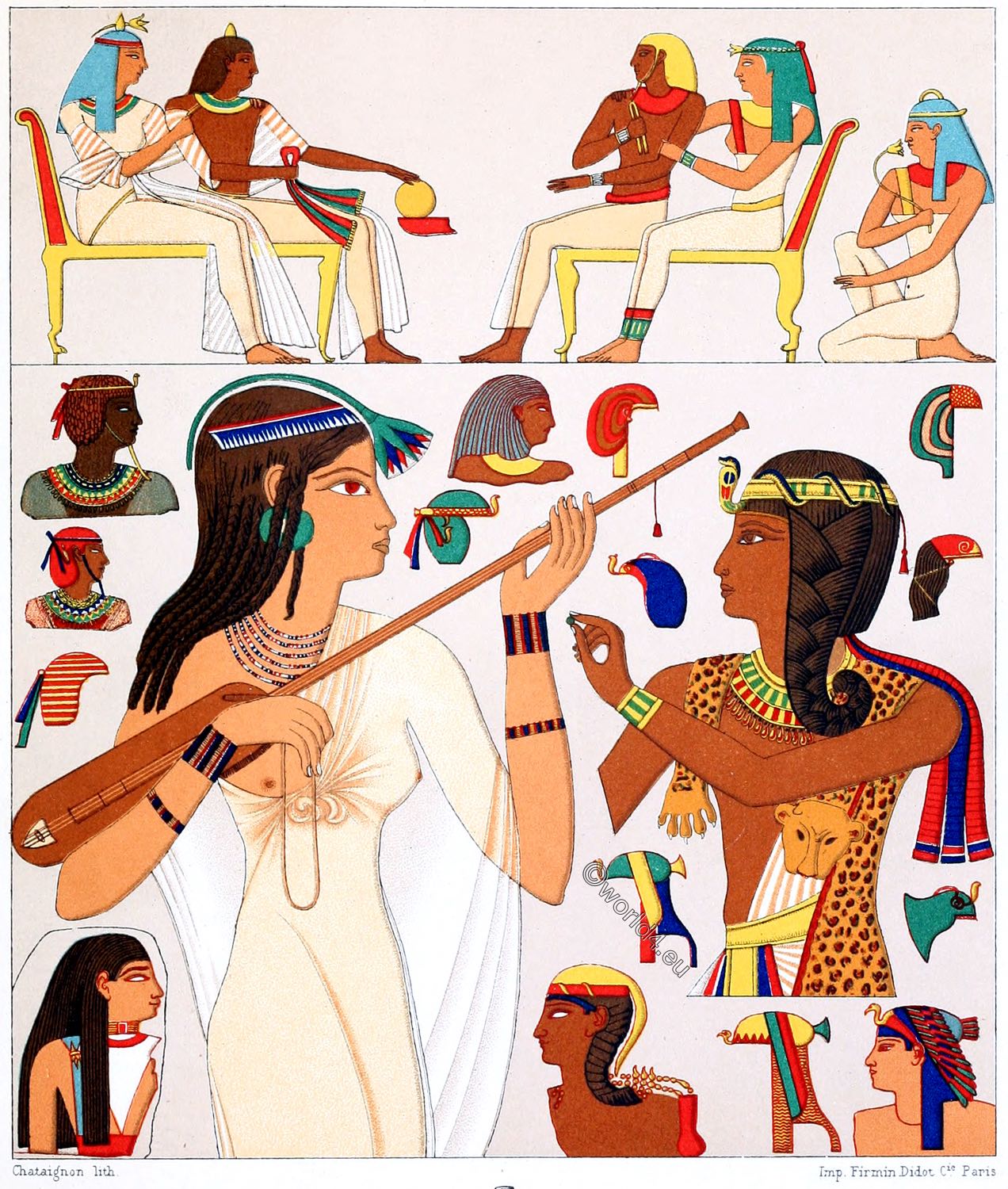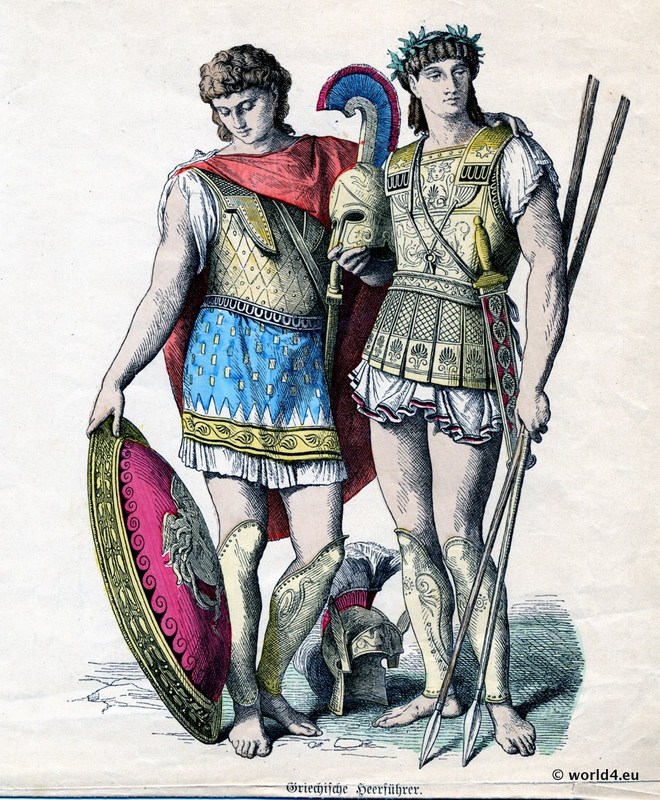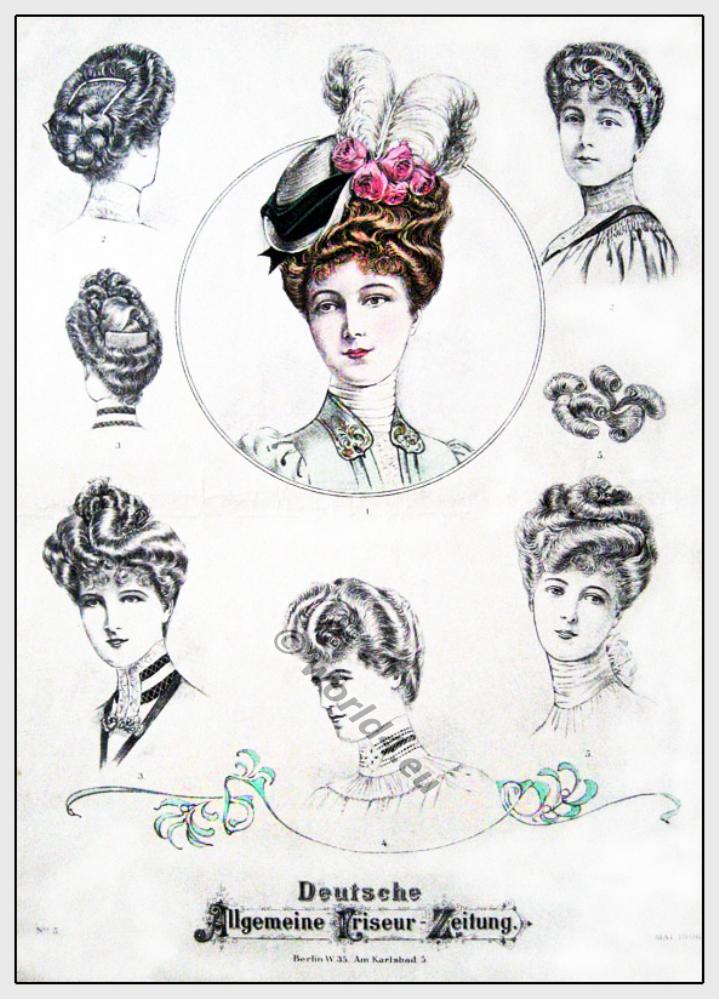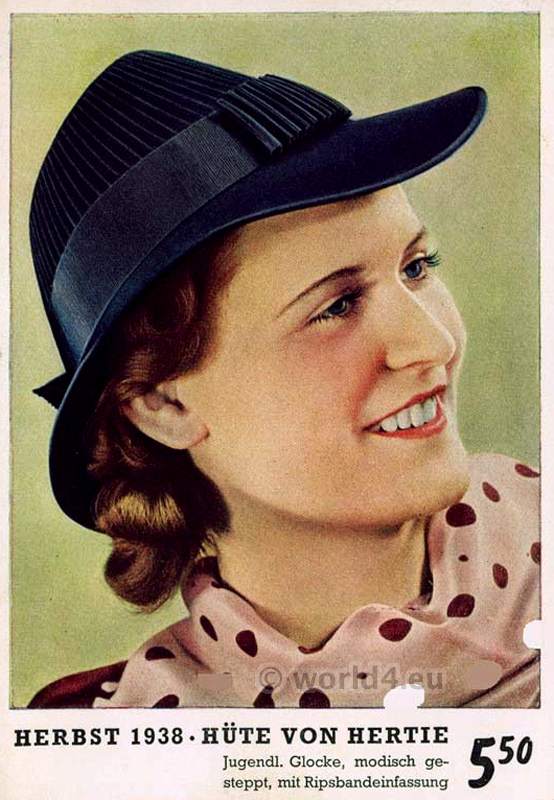
GREECE. ANTIQUE HAIRSTYLES AND HEADGEAR.
The Sphendone. The Opisthosphendone. The Kekryphalos.
The women of Greek antiquity knew in the arrangement of their hair that, unlike the men who cut it, they wore long to achieve a great variety. They also shaved their hair only as a sign of sorrow. Veils of light or precious fabric, ribbons of various colours, flowers and fragrant ointments were often used in artistic hairstyles.
It was also customary to dye the hair. “She was blond, according to Lucian’s hetary conversations (Lukian of Samosata, Ἑταιρικοὶ διάλογοι), but her hair owed this colour to nature, not to art or the spices that women know how to use to make themselves blond. Wigs were also worn.
The young people of both sexes grew their hair until adulthood and consecrated it to the gods. The young girls usually parted their hairs over their foreheads and tied them together in a knot. The women sometimes attached this knot to the back of the head with the help of plaits. On monuments of the older style, the hair is arranged in small regular curls that extend over the entire head.
A simple, narrow band held this artificial hairstyle together. (Cf. No. 2.) These bands were called Anademata or Anadesmai. Similar bands (called nimboi) were also wound around the forehead to make it smaller, since a low forehead was considered a sign of beauty. The Sphendone also serves to hold the hair together: wide in the middle, it narrows towards the sides, like the slingshot from which it gets its name.
Often the Sphendone was also folded backwards with the wide end, which then summarized the hair like a net. Then this band was called Opisthosphendone. Both bandages together can be found on No. 4, 6, 8, 17, 21, 22, 23. No. 14 shows the simple Sphendone. The net, made of gold and silk threads and called Kekryphalos, held the hair together at the back (No. 6, 17, 21).
The Sakkos (Nr. 11, 13, 20, 25, 26, 28) is completely closed and hood-nicely pulled over the head. It was a colourfully striped piece of fabric which, like the cap of the Egyptians, perhaps served as protection against the sun’s rays, or was worn to protect the hairstyle. Often the sakkos also has the shape of a pointed cap, which is also worn by men (No. 16).
Outside the home, especially on journeys, women and men alike used the Petasos, which had been handed down by the Thessalians, a broad-sprung white felt hat, which hung down on ribbons on the back, if one did not want to put it on (no. 9).
The headdress on No. 5 is of particular diversity and beauty: plaits, curls, which were made with the use of iron, ribbons, a diadem and an opisthosphendone.
The headdress of No. 24 can still be found today among Greek peasant women. If they don’t have golden sequins, they take drachmas. Athenaeus tells that the Athenian women wore golden crickets in their hair that hung down from rings.
No. 12 shows a complete crown which, however, is not made of metal but of stiff fabric. Veils have also been in use since the earliest times (No. 27). Sometimes they were wrapped around the head and held with ribbons so that they formed a complete cap (No. 28).
After Gerhard’s Ancient Monuments and Mongez Encyclopédie méthodique.
Source: History of the costume in chronological development by Auguste Racinet. Edited by Adolf Rosenberg. Berlin 1888.






